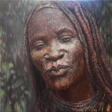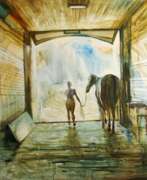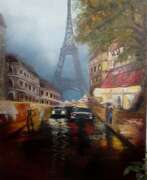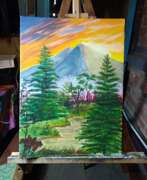Nouveau Réalisme

Nouveau Réalisme
Nouveau Réalisme, a French artistic movement established in 1960, is renowned for its innovative approach to art that merged reality with creative expression. The movement, founded by art critic Pierre Restany and artist Yves Klein, was characterized by a variety of techniques including collage, assemblage, and painting, with a focus on everyday materials and objects.
The movement’s artists, such as Jean Tinguely, Arman, César Baldaccini, and Daniel Spoerri, were famous for their avant-garde works that reflected on consumer culture, mass production, and the societal implications of modern industrial life. They utilized found objects and unconventional materials to create artworks that were simultaneously a critique of and a homage to the everyday.
Key works from this movement include Tinguely's kinetic sculptures from the Baluba series, Arman's 'Chopin's Waterloo,' and César's iconic 'Compressions', which used compacted cars to explore the relationship between form and material. These works, often exhibited in major institutions like the Centre Georges Pompidou in Paris, continue to challenge and inspire viewers with their unconventional beauty and profound societal commentary.
For collectors and art enthusiasts, Nouveau Réalisme offers a captivating journey through a transformative period in art history. These works represent a radical departure from traditional art forms, offering a unique perspective on the world and our interactions with the materials within it. To remain abreast of the latest sales and auctions featuring works from this pivotal movement, consider subscribing to specialized updates for insights into the dynamic and thought-provoking world of Nouveau Réalisme.
| Country: | France |
|---|---|
| Start of the period: | 1960 |
| End of the period: | 1970 |







